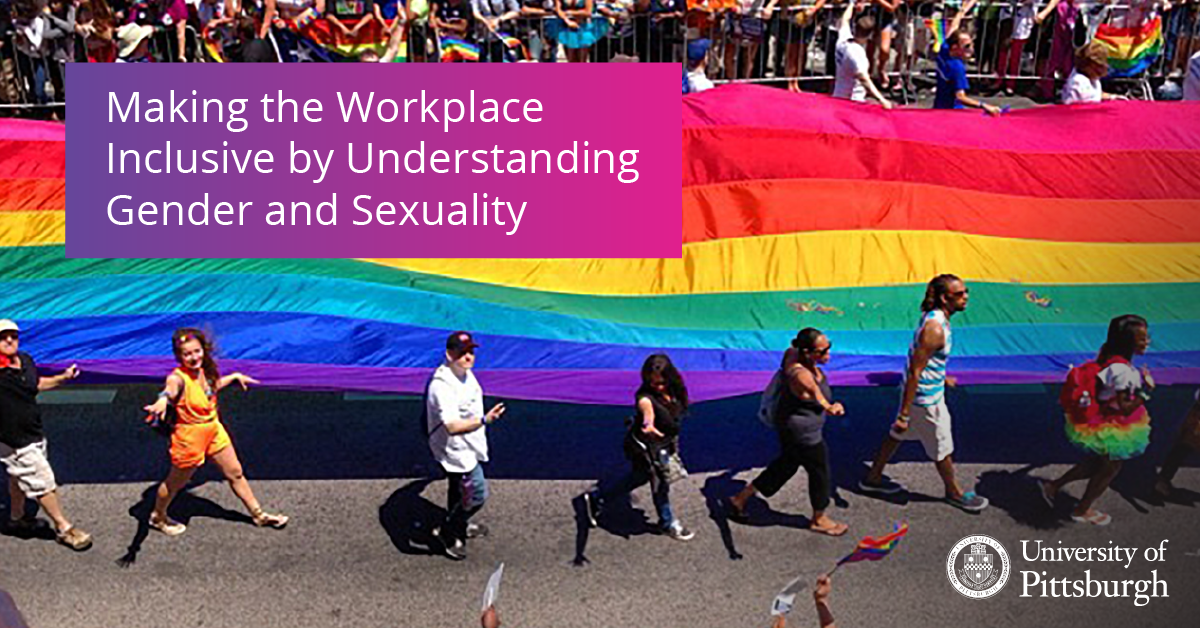Coursera Blog
Active Member

In Gender and Sexuality: Diversity and Inclusion in the Workplace, instructor Julie Beaulieu covers questions like, “What is gender?” and “What do we mean by LGBTQIA+?” She also talks about how identity shapes experience in culture and the workplace. Hear from Julie on what you’ll learn in the course and how Pride Month is an opportunity to support inclusion and equality in the workplace and the LGBTQIA+ community.
Why did you choose to bring this course to Coursera?
I was excited for the opportunity to think about how to teach topics in gender and sexuality to a community of thinkers from diverse personal and professional backgrounds. I am also very passionate about the topic so I was grateful to have the opportunity to introduce learners to theories of gender and sexuality.
Who should be taking this course?
The course is designed for learners from any background or experience level. It’s specifically designed for people who are interested in LGBTQIA+ diversity, but it would be useful as well for people who’ve never really thought much about the topics. Ideas and theories about gender and sexuality are pretty central to our lives—all of us are impacted by it, not just LGBTQIA+ folks—so I hope that people who may have had little interest in the past take the class and actually grow a bit more curious about how we all move through the world we share.
What do you hope learners will walk away with after taking this course?
The most important thing is to realize that our ideas about gender, sexuality, intimacy, and embodiment are deeply shaped through the social, political, and historical aspects of our lives. Knowing this allows us to recognize difference as both predictable and interesting. I hope people come away from the course with an appreciation for what makes us different, as opposed to rejection or fear of difference.
Can you briefly talk about what LGBTQIA+ stands for?
The initialism LGBTQIA+ refers to lesbian, gay, bisexual, trans, queer (or questioning), intersex, asexual (or ally), and plus (which leaves space for folks who are part of the community but in ways that are not listed). LGBTQIA+ people experience some of the same forms of oppression; cultures of resistance and community form as a response to this oppression and form communities for education, support, and consciousness-raising, which is in part what LGBTQIA+ reflects.
Can you discuss how Pride Month is a good opportunity for the support of racial diversity, equality, and inclusion in the LGBTQIA+ community?
The history of pride in a U.S. context provides a rich history of people from different class and race experiences fighting for rights and justice for diverse communities; much of the early movement was spearheaded by historically-minoritized people. The large pride celebrations that we see around the world shows promise for change, but history teaches us that progress is highly uneven; pride is a time to reflect on the work we have left to do, much of which involves working on race and class justice in LGBTQIA+ communities. It’s a celebration of course, but if that celebration excludes LGBTQIA+ people of color then it isn’t effective for all. Ideally, pride brings LGBTQIA+ together, helps us learn more about each other, and see beyond our own experiences.
Enroll in Gender and Sexuality: Diversity and Inclusion in the Workplace now.
The post Making the Workplace Inclusive by Understanding Gender and Sexuality appeared first on Coursera Blog.
Continue reading...
